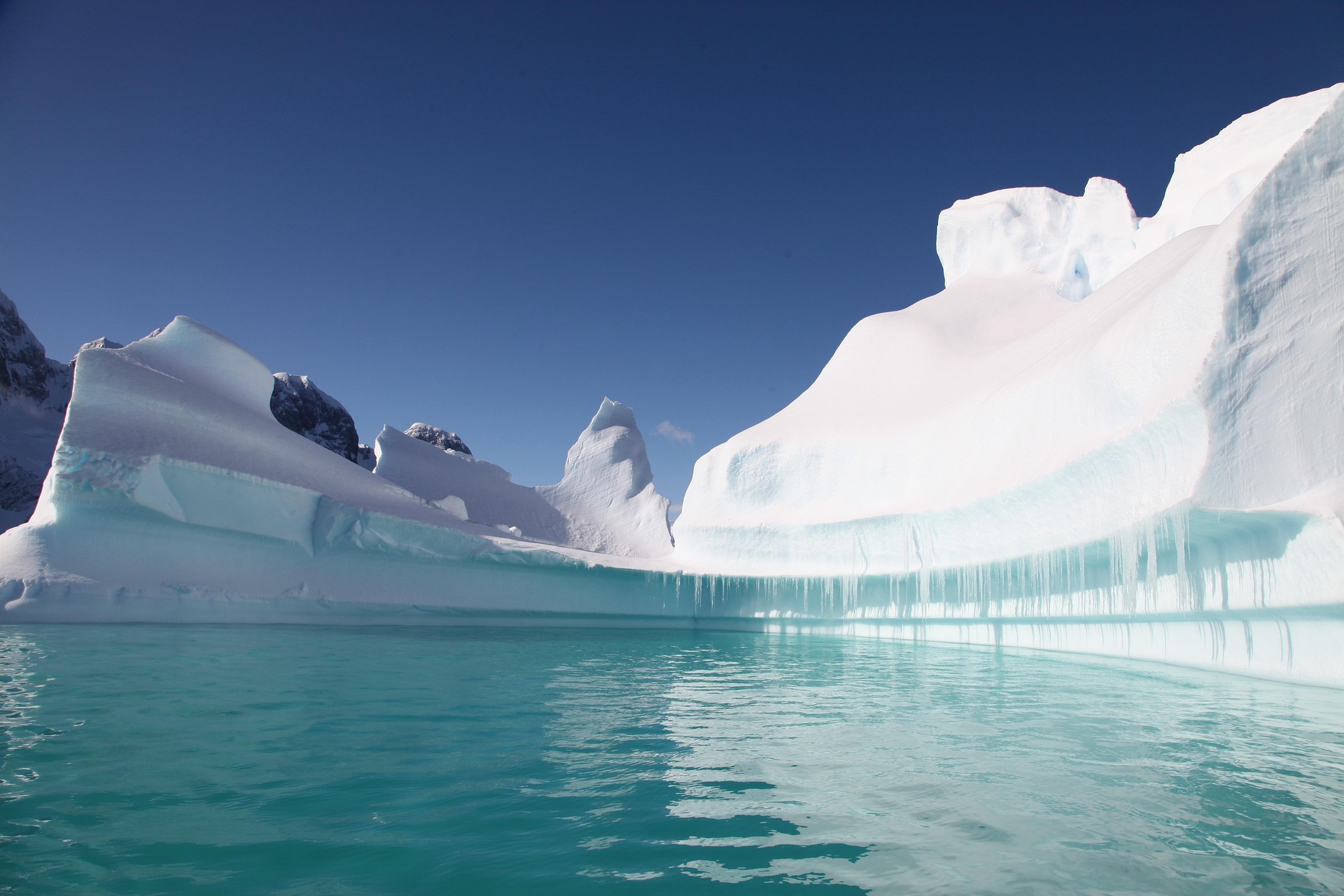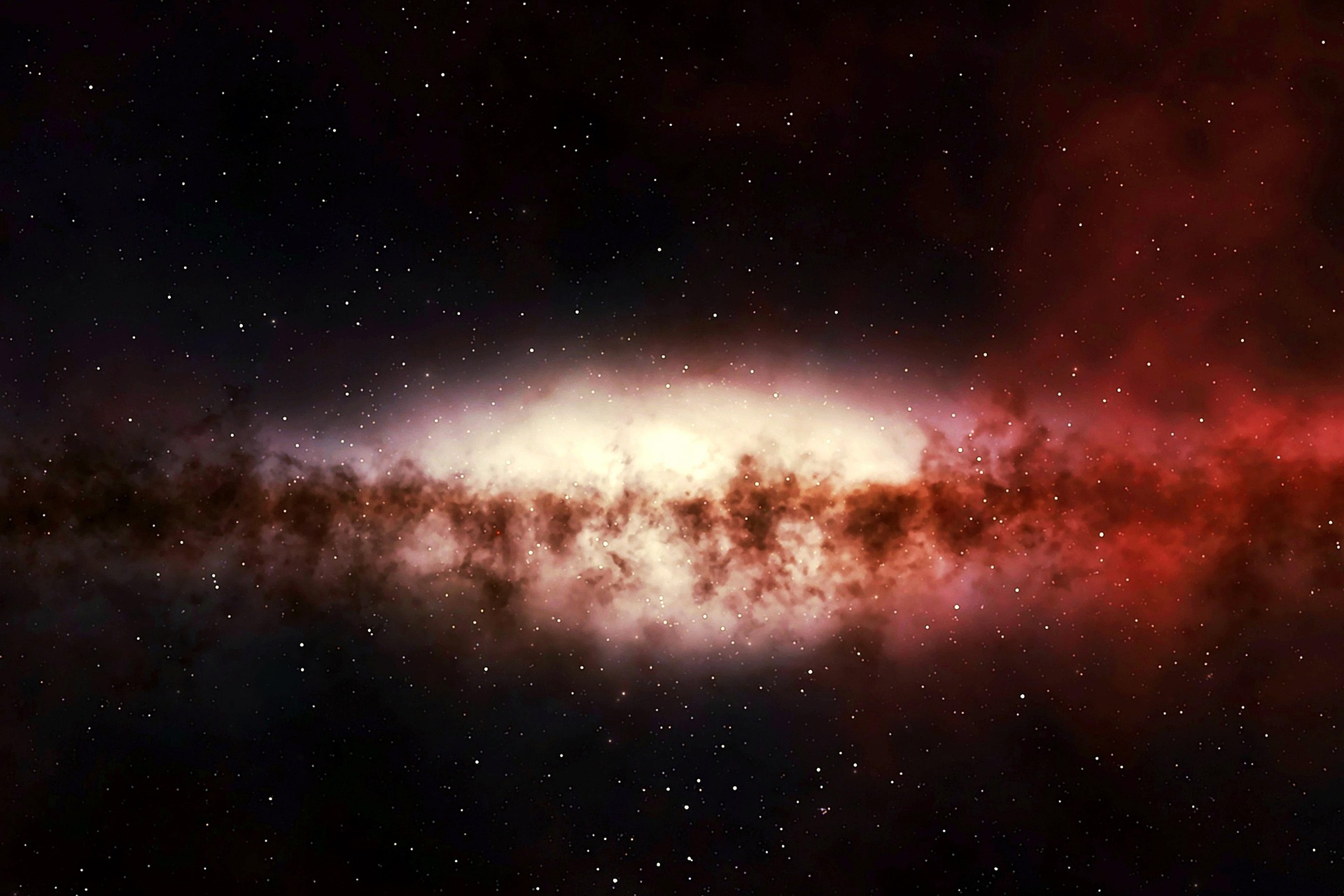New research has revealed that hidden lakes beneath Antarctica’s ice sheet may pose a far greater threat to global sea levels than earlier models suggested. These subglacial water bodies are now recognized as key accelerators of ice loss, with serious implications for coastal regions around the world.
Subglacial water is reshaping ice flow dynamics
Beneath the thick ice of Antarctica lies a concealed network of lakes, rivers, and streams. These bodies of subglacial water, formed by pressure and geothermal heat, serve as natural lubricants, drastically reducing the friction between the ice sheet and the rocky bed beneath. This reduction in friction allows glaciers to slide more easily toward the ocean, increasing the rate of ice discharge.
Until recently, most models of ice sheet behavior focused largely on surface melt and atmospheric conditions. But the growing understanding of how these hidden lakes influence glacier movement is forcing a revision of how we assess Antarctica’s contribution to sea-level rise.
Sea-level projections have been significantly underestimated
When subglacial hydrology is properly integrated into ice sheet models, the projections for sea-level rise become much more severe. Current estimates suggest that neglecting these internal water dynamics could lead to an underestimation of sea-level rise by as much as two meters by the year 2300. This is a substantial deviation from earlier predictions and highlights the importance of understanding what’s happening beneath the ice, not just on its surface.
The impact isn’t uniform—glaciers overlying active subglacial lakes are showing signs of increased instability. In regions like West Antarctica, where the bedrock lies below sea level, this sub-ice lubrication has the potential to cause runaway ice loss if tipping points are crossed.
Global consequences for coastal regions
This updated understanding of Antarctic hydrology is a warning signal for coastal areas worldwide. Higher-than-anticipated sea levels would intensify flooding, storm surges, erosion, and displacement in low-lying nations and major cities. Urban planning and climate resilience strategies based on outdated projections could fall dangerously short.
Moreover, infrastructure designed with smaller sea-level increases in mind—such as seawalls, drainage systems, and evacuation routes—may be rendered obsolete or ineffective. Integrating this new data into planning is no longer optional.
Next steps for climate science and policy
The discovery of the critical role of Antarctica’s hidden lakes adds urgency to the refinement of climate models. Accurate forecasting now depends on incorporating subglacial hydrology, satellite observations, and ground-penetrating radar data.
Moving forward, international climate policy will need to consider these revised projections when setting emissions targets and adaptation plans. As science peels back more layers of the Antarctic ice sheet, the global community must act on the emerging insights before they translate into irreversible consequences.





